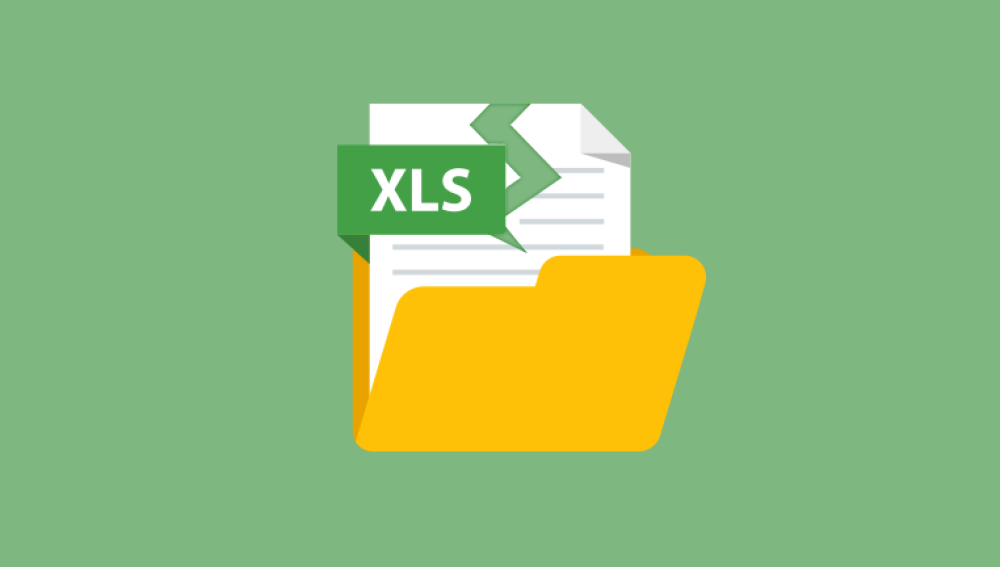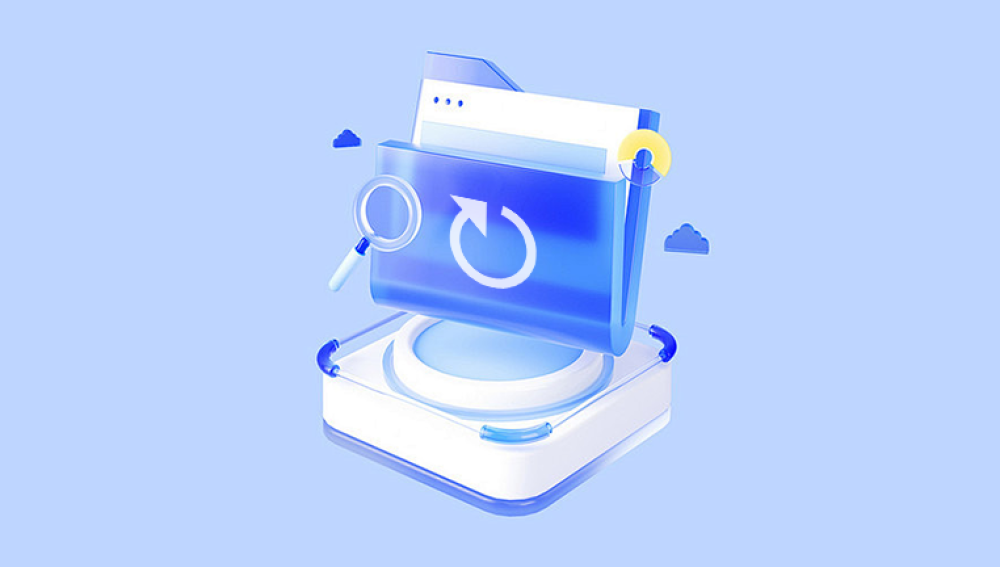Microsoft Excel is one of the most widely used spreadsheet applications across the world for everything from budgeting and finance to data analysis and project management. But sometimes, your Excel files can get corrupted meaning you can’t open them, or they open with errors and missing data. It’s frustrating, especially if the files contain important information.
1. Excel File Corruption
An Excel file corruption means the file structure or data within your workbook has been damaged. This can happen due to many reasons such as improper system shutdowns, software crashes, virus infections, or saving errors. When corrupted, Excel files might:
Refuse to open
Show error messages
Display garbled or missing data
Crash Excel when trying to open
The goal of repair tools is to recover as much readable data as possible from a damaged Excel file, often by fixing the file’s internal structure.

2. Common Causes of Excel File Corruption
Knowing what causes corruption can help avoid it in the future. Common causes include:
Sudden Power Failures: Abrupt shutdown while saving or editing Excel files can cause incomplete writes.
Improper Closing: Closing Excel improperly without saving can leave files partially corrupted.
Large File Size: Very large files or files with complex macros can get corrupted more easily.
Software Conflicts: Conflicts between Excel and third-party add-ins or antivirus software.
Virus/Malware Infection: Malicious software may damage your files.
Storage Device Issues: Problems with your hard drive, USB, or network drives where files are stored.
Network Interruptions: Files saved over unstable network connections might get corrupted.
Excel Crashes: Crashes during file edits or saves.
3. Signs Your Excel File Is Corrupted
Some common signs include:
Excel shows “file is corrupt and cannot be opened.”
Error messages like “Excel found unreadable content.”
Files open but display ####### or strange symbols.
Macros or formulas do not work.
File size drastically changes.
Excel crashes when trying to open the file.
4. Is It Safe to Use Online Excel Repair Tools Without Email?
Many online file repair services ask for your email to send recovered files or for signups. However, some tools allow you to repair files directly online without providing your email. This is generally safe for non-sensitive data if you use reputable sites.
Important:
Avoid uploading highly confidential files to online tools.
Read privacy policies.
Choose tools that delete uploaded files immediately after repair.
Avoid suspicious sites.
For non-sensitive or backup files, online tools can be very convenient.
5. How to Repair Excel Files Online for Free Without Email — Step by Step
Here are the best free online Excel repair tools that don’t require an email:
Panda Repair
Panda Repair is a fast, user-friendly, and secure online tool designed to repair corrupted Excel files without any downloads or installations. Whether your Excel file is refusing to open, showing error messages, or displaying broken formatting, Panda Repair helps recover your data quickly and efficiently all from your web browser.
The best part? Panda Repair offers free Excel file repair services with no email required. You simply upload your damaged .xls or .xlsx file to the site, and within moments, the platform analyzes the file, attempts to fix any corruption, and offers a downloadable, repaired version. This makes it ideal for users who value privacy and need an instant solution without signing up or sharing personal information.
Panda Repair supports various Excel file versions, from Excel 97 to the latest Microsoft 365 formats. It handles common corruption issues such as unreadable content, broken formulas, and partially loaded sheets. Using advanced recovery algorithms, the tool focuses on preserving as much original formatting, text, formulas, and tables as possible.
6. What to Do If Online Repair Tools Don’t Work
If none of the online tools succeed in repairing your Excel file, try these:
Use Excel’s Built-in Repair:
Open Excel → File → Open → Select file → Click the small arrow next to Open → Choose “Open and Repair”.
Try Offline Repair Tools:
Use free desktop apps like Stellar Repair for Excel (trial version) or Recovery Toolbox for Excel.
Restore from Backup:
Check for previous versions in Windows or backup drives.
Extract Data Manually:
Change file extension from .xlsx to .zip, open with file archiver, and extract raw XML data if possible.
7. Tips to Prevent Excel File Corruption
Always save and close Excel properly.
Avoid saving large Excel files repeatedly; split large workbooks if needed.
Backup files regularly.
Use a reliable antivirus.
Save on a stable storage device.
Avoid editing Excel files over unstable networks.
Enable AutoRecover and configure it for frequent saving.
8. How to Backup Excel Files Effectively
Use cloud storage like OneDrive, Google Drive, or Dropbox which often keeps version history.
Use Windows File History or macOS Time Machine.
Save backup copies with different file names or dates.
Use external hard drives or USB drives for offline backups.
Set reminders for regular backups.
9. Alternative Free Offline Repair Methods
Excel’s Built-In Repair: As mentioned, open with “Open and Repair”.
Open Excel in Safe Mode: Run Excel holding Ctrl to disable add-ins that might cause issues.
Copy Data to a New Workbook: Sometimes data can be recovered by opening a corrupted workbook and copying cells to a new workbook.
Import Data: Use Excel’s “Get External Data” feature to import tables from the corrupted file.
Corrupted Excel files can cause panic, but with the right knowledge and tools, you can often recover your data quickly and for free online without the need to submit your email or sign up. Using trusted tools like OfficeRecovery, RepairExcel.online, or FreeFileRepair, you can repair your Excel workbook efficiently.
Remember to always back up important files regularly and follow best practices to avoid corruption. If online tools fail, use Excel’s built-in repair or desktop software as your next step.




